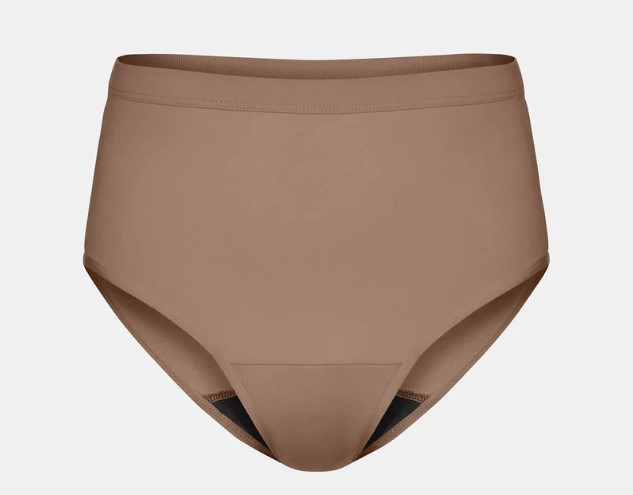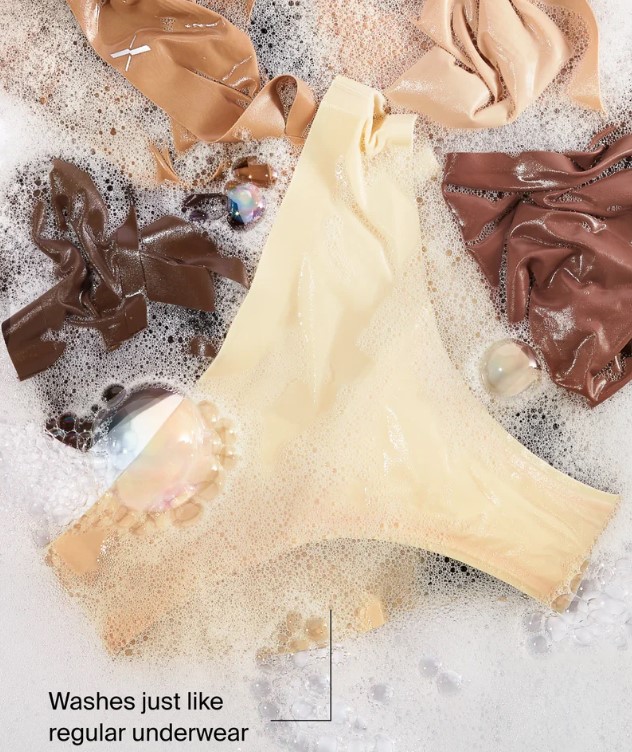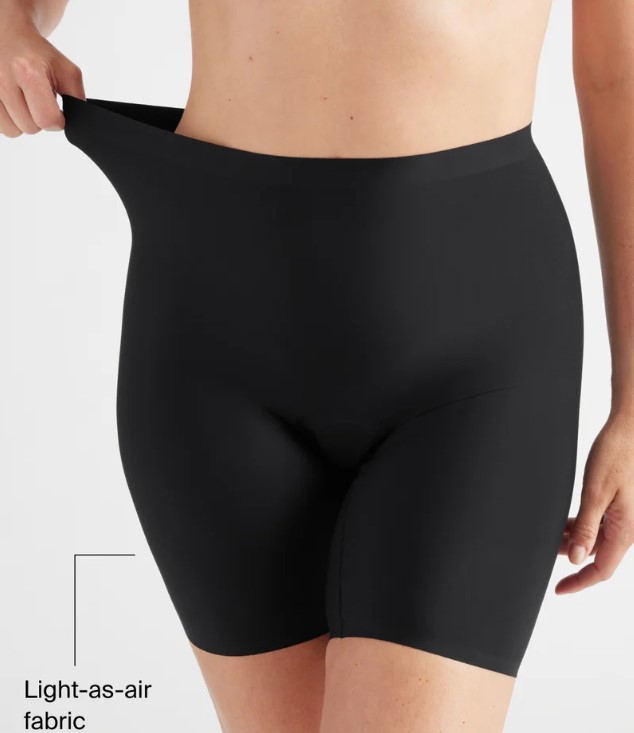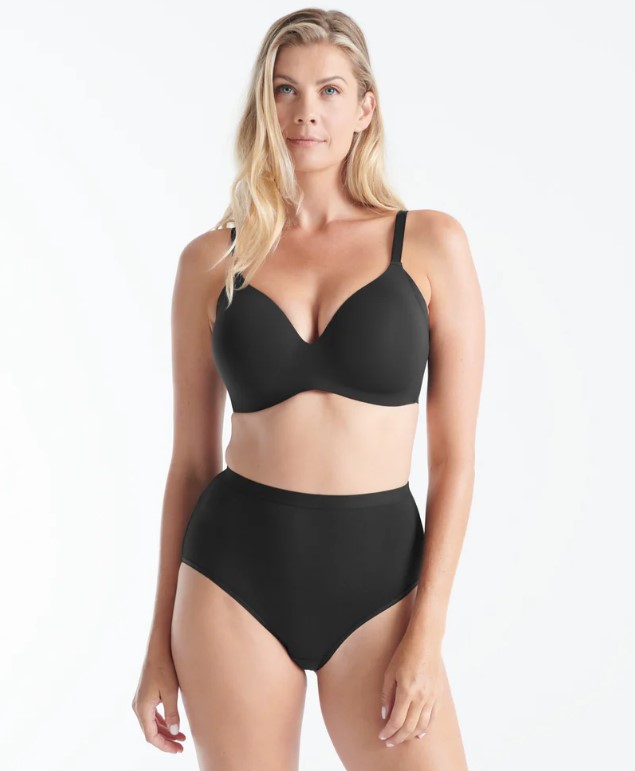When it comes to hygiene, everyone has their own routine and preferences. Some have a quick and easy method while others enjoy the luxury of getting ready every morning and night. Regardless of which you prefer, you may not realize that your choices are impacting the environment.
These same choices could also be draining the money from your bank account. Here are five sustainable low-waste and budget-friendly hygiene tips that will save you money.
1. Avoid Single-Use Items
Take a look at your stocked medicine cabinet or toiletry shelf. How many products are single-use? You may be quite surprised by how many items you use and then throw away. Everything from Q-tips to makeup remover wipes to floss picks to pads and tampons all fall under the single-use category. While these items may be needed in your day-to-day routine, there are other more sustainable options that you may want to consider.
For example, instead of buying pads and tampons, you can use period underwear. This reduces the amount of waste and is more cost-effective. You can wear it time and time again after washing it with your regular laundry. And instead of disposable makeup wipes, use bamboo or cotton reusable makeup pads. Instead of buying floss over and over again, invest in a water flosser. Not only are these choices eco-friendly, but they can save money over time!

2. Buy in Bulk
One way to reduce packaging waste is to purchase hygiene products in bulk. This will reduce the amount of waste you’re bringing into your home and lessen the amount of packaging in landfills. Products purchased in bulk also tend to be more cost-effective, and shoppers can typically save 27% on average with in-bulk purchases. This is because the cost per unit is less than a standard-sized product.
Toilet paper, tissues, soaps, lotions, and more can all be purchased in bulk at a big box retail store like Costco, Sam’s Club, or BJ’s. When purchasing from these retailers, make sure you go with a complete list. Buy what you need in bulk so you won’t have to make continuous trips to the store. After all, driving less is another sustainably-friendly tip to reduce gas emissions.
3. Be Mindful of Your Water Usage
According to the Environmental Protection Agency, the average U.S. home wastes roughly 90 gallons of water every day. Water is a precious resource. Whatever you can do to reduce the amount of wasted water is good for the planet and your wallet too.
When washing your face in the morning, turn the faucet off while you cleanse. The same goes for brushing your teeth. For your shower usage, you can put a timer on when you hop into the shower. It’s all too easy to stay in the shower much longer than absolutely necessary. Water-saving showerheads are also available and may be a more eco-friendly solution than your current nozzle.
While you’re at it, check your pipes for leaks. The smallest trickle can quickly add up. Look at your current water bill and track any increasing trends over time. A smart water meter can also be installed to monitor flow and check for leaks early.

4. Opt for Bar Soap
You may not think that what you’re using to wash your skin makes a big difference, but it does. Compared to liquid soap, bar soap cuts greenhouse emissions by about a third! While bar soap is the tried-and-true original, many people started using liquid soap and body wash for its skin-hydrating promises. Although many body washes include moisturizing additives, it’s not the best decision for the planet.
Opting for bar soap for your hands and your body is the greener option. It requires less packaging and also tends to be more cost-effective. Look for a natural bar of soap that doesn’t contain a lot of fragrance of synthetic ingredients. These additives aren’t eco-friendly and may dry your skin out even more. When it comes to soap, simple is best for Mother Earth and your wallet.
5. Avoid Heat Styling
A fresh blowout looks nice, but do you realize that it’s releasing harmful emissions into the hair? When you plug in a hairdryer, curling iron, or straightener, you’re slowly releasing chemicals called volatile organic compounds (VOCs). These compounds are found in a variety of products, including cleaning supplies and disinfectants. When released into the air, VOCs can contribute to air pollution and global warming.
Instead of using a blow dryer on the highest setting, towel dry your hair and let it go natural. If that’s not an option, wait as long as you can before blow-drying it so some of the hair is already dry. Then, use a lower setting to reduce the amount of energy the hair dryer is consuming. This reduced energy usage will lower your electricity bills and reduce the amount of emissions. The same goes for curling irons and straighteners; the less you use them, the less electricity you’re using for styling.

Conclusion
The habits within your daily routine can quickly add up. The products you purchase, the amount of water you use, and your hairstyle make a difference on the planet and your wallet. These tips will save you money and help the environment too. It’s truly a win-win situation!




